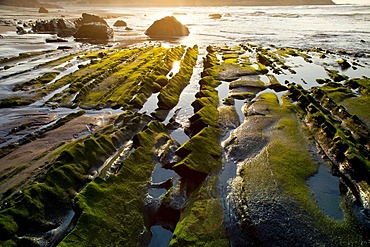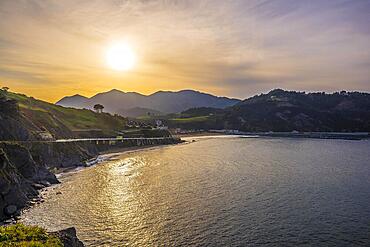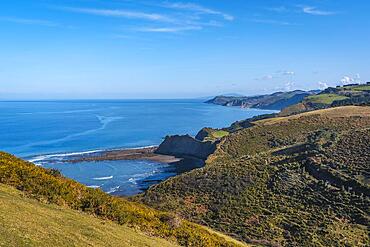Results
1 results found

Rock formations (flysch) at low tide on coast between Zumaia and Deba, Costa Vasca, Basque country, Euskadi, Spain, Europe
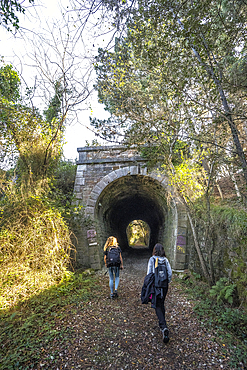
Deba, Gipuzkoa Spain, January 26, 2020: Two young men in a tunnel on the coast between Deba and Zumaia
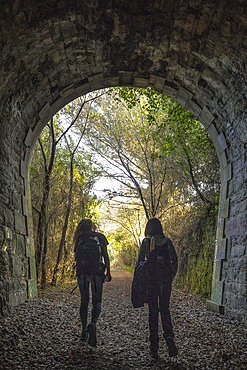
Deba, Gipuzkoa Spain », January 26, 2020: Two young men in a tunnel on the coast between Deba and Zumaia
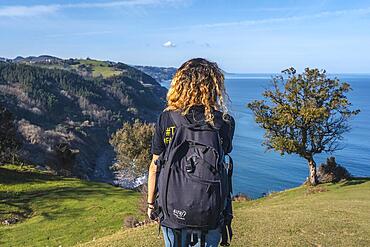
Deba, Gipuzkoa Spain », January 26, 2020: Two young people walking along the beautiful coast from Deba to Zumaia
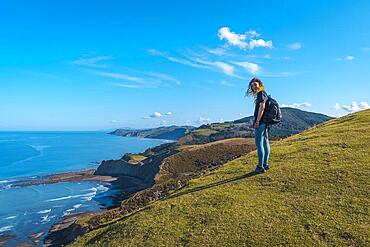
Deba, Gipuzkoa Spain », January 26, 2020: A happy young woman upstairs at the Sakoneta geopark viewpoint
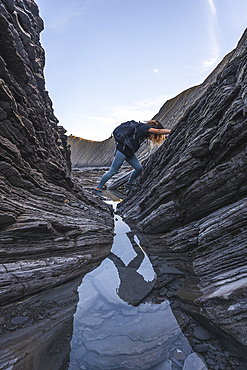
Deba, Gipuzkoa Spain », January 26, 2020: A young woman exploring the geopark of the Sakoneta coast one morning
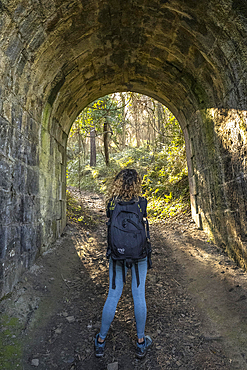
Deba, Gipuzkoa Spain », January 26, 2020: Two young men in a tunnel on the coast between Deba and Zumaia
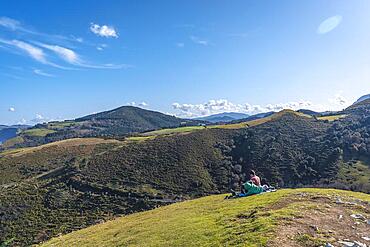
Deba, Gipuzkoa Spain », January 26, 2020: A family eating peacefully on the beautiful coast from Deba to Zumaia

flysch at Sakoneta beach sedimentary rocks at the Basque coast between the villages of Deba and Zumaia UNESCO Geopark Nature Ocean Scenery Travel

flysch at Sakoneta beach sedimentary rocks at the Basque coast between the villages of Deba and Zumaia UNESCO Geopark Nature Ocean Scenery Travel
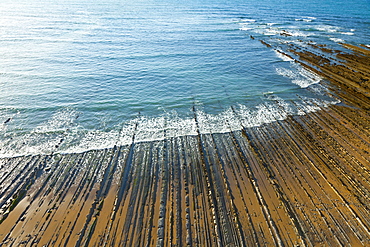
flysch at Sakoneta beach sedimentary rocks at the Basque coast between the villages of Deba and Zumaia UNESCO Geopark Nature Ocean Scenery Travel

flysch at Zumaia beach sedimentary rocks at the Basque coast between the villages of Deba and Zumaia UNESCO Geopark Nature Ocean Scenery Travel

Remarkable flysch formations of Deba, Basque Coast Geopark, Basque Country, Spain. Flysch formed at the end of the Mesozoic era in the Cretaceous - flyschs are formed by sediment accumulation following repeated submarine avalanches, due to earthquakes, and producing after compaction and crystallization very regular layers of sandstone and limestone here recovered by Pyrenean orogeny and released by erosion.

Remarkable flysch formations of Deba, Basque Coast Geopark, Basque Country, Spain. Flysch formed at the end of the Mesozoic era in the Cretaceous - flyschs are formed by sediment accumulation following repeated submarine avalanches, due to earthquakes, and producing after compaction and crystallization very regular layers of sandstone and limestone here recovered by Pyrenean orogeny and released by erosion.

